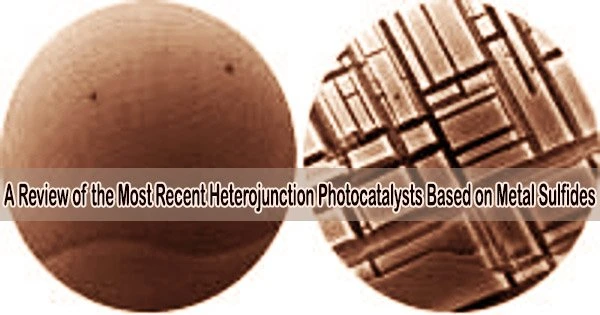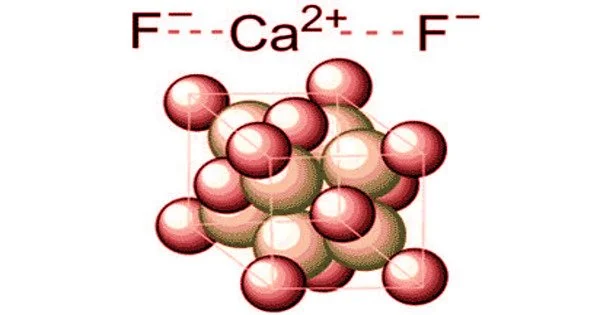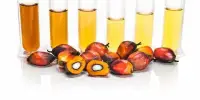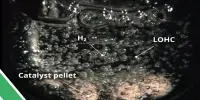The use of natural energy resources has played a key role in the rapid growth of the world economy since the Industrial Revolution. However, it has resulted in an ongoing problem with environmental contamination and a progressive depletion of energy resources.
A sustainable and pollution-free alternative that adheres to the principles of sustainable development is photocatalytic technology. It not only makes it possible to produce new forms of energy, but it also makes environmental cleanup easier.
One of the most promising semiconductor photocatalysts for use in energy and environmental remediation, metal sulfides are renowned for their high reducibility.
However, the poor stability and considerable charge carrier recombination of most metal sulfides restrict their photocatalytic efficacy. Fabricating metal sulfide-based heterojunction has been investigated as a viable solution to get around these restrictions.
Recently, a research team led by Prof. Kai Dai from Huaibei Normal University, China, published a research review article in the field of photocatalysis in the Chinese Journal of Catalysis.
The authors explore how heterojunction can improve the performance of metal sulfides in photocatalysis while providing a thorough overview of their benefits and downsides.
These include hydrothermal synthesis, ion exchange, electrospinning, and in-situ photochemical deposition. Different synthesis techniques for metal sulfide-based heterojunction photocatalysts are also explored.
Moreover, the review categorizes the types of metal sulfide heterojunction based on electron transfer pathways, such as Schottky junctions, type II, Z-scheme, and S-scheme heterojunction.
The authors also give a thorough discussion of the uses for metal sulfide heterostructure photocatalysts, with a focus on using electron-hole pairs effectively to carry out multiple desired redox reactions at once.
In-depth discussion is also given regarding the significance of in-situ characterization methods in clarifying the processes of heterojunction photocatalysts.
















